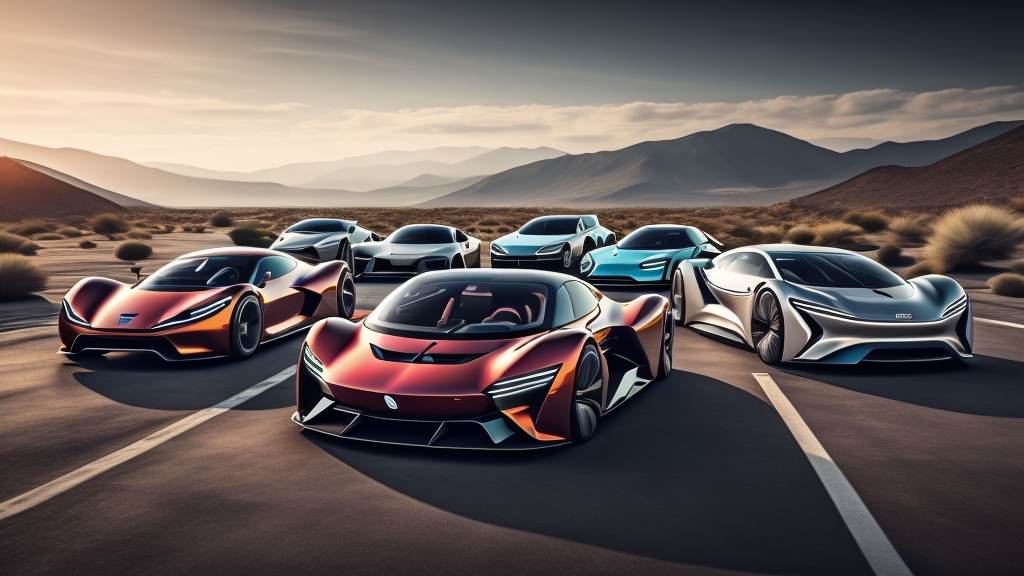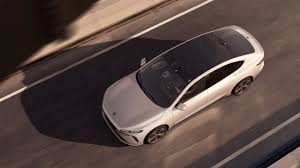In recent years, the automotive industry has witnessed a significant shift towards electric vehicles (EVs). With concerns about climate change and the need to reduce greenhouse gas emissions, EVs have emerged as a promising solution for sustainable transportation. This article explores the benefits, advancements, and challenges surrounding EVs, as well as their potential to revolutionize the way we drive and shape a greener future.
1. Environmental Benefits
One of the primary advantages of EVs is their positive impact on the environment. Unlike conventional internal combustion engine vehicles, EVs run on electricity, producing zero tailpipe emissions. This reduction in greenhouse gas emissions helps combat climate change, improve air quality, and reduce noise pollution in urban areas. Additionally, as the global energy sector increasingly adopts renewable energy sources, the emissions associated with charging EVs continue to decrease, making them even more eco-friendly.
2. Energy Efficiency and Cost Savings
EVs are renowned for their remarkable energy efficiency. Unlike traditional vehicles that waste a significant portion of the fuel energy as heat, EVs convert most of the electrical energy from the battery to power the wheels. This efficiency translates into cost savings for EV owners, as electricity is generally cheaper than gasoline or diesel. Moreover, as the EV market grows and economies of scale kick in, the upfront cost of EVs is expected to decrease, making them more accessible to a wider range of consumers.
3. Technological Advancements
The development of EVs has fueled a wave of technological advancements in the automotive industry. Manufacturers are constantly pushing the boundaries of battery technology, increasing their energy density, improving charging times, and extending the driving range of EVs. Rapid advancements in autonomous driving technologies and connectivity features are also transforming the driving experience. These innovations are not only limited to passenger vehicles but are also making their way into commercial transportation, with electric buses and trucks gaining traction.
4. Infrastructure and Charging Network
One of the challenges faced by EVs is the availability of a comprehensive charging infrastructure. To overcome “range anxiety” and promote widespread adoption, governments and private entities are investing in the development of public and private charging stations. The installation of fast-charging stations along major highways and in urban areas is crucial to facilitate long-distance travel and reduce charging times. Moreover, advancements in wireless charging technology and the integration of charging infrastructure into homes and workplaces are further simplifying the charging process.
5. The Role of Government and Industry
Governments around the world are implementing policies and incentives to accelerate the transition to EVs. These measures include tax incentives, subsidies, and stricter emissions regulations that encourage automakers to invest in EV research and development. Additionally, many countries are setting ambitious targets to phase out the production and sale of internal combustion engine vehicles entirely. Simultaneously, the automotive industry is ramping up its investments in EVs, with major manufacturers announcing plans to shift their entire fleets towards electric models.
Conclusion
Electric vehicles have emerged as a game-changer in the automotive industry, offering a cleaner, more sustainable alternative to traditional internal combustion engine vehicles. The environmental benefits, energy efficiency, and technological advancements associated with EVs are driving their widespread adoption. While challenges remain, such as charging infrastructure and battery technology, the continued support of governments and the commitment of the automotive industry are fueling the growth of EVs. As we embark on this electrifying journey, electric vehicles are poised to revolutionize transportation and pave the way for a greener and more sustainable future.



